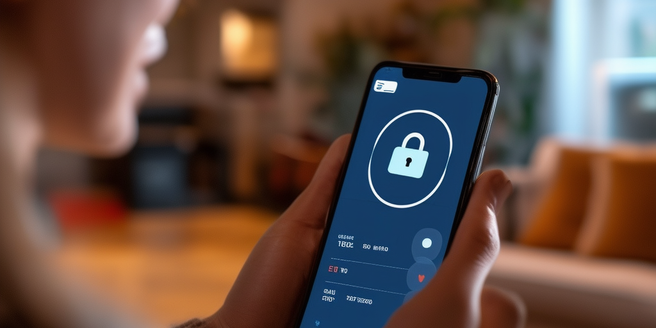
Understanding Credit Card Locks
Credit card locks are a security feature that allows cardholders to prevent unauthorized use of their cards. By locking your card, you can restrict transactions such as purchases, cash advances, and balance transfers. This can be particularly useful if you misplace your card or suspect fraudulent activity. Card locks are typically accessible through your bank’s mobile app or online banking platform, offering an added layer of control and peace of mind. However, it’s important to note that certain transactions, like recurring payments and refunds, might still go through even when the card is locked.
Reasons to Lock Your Credit Card
Locking your credit card can be an effective measure to safeguard your finances. One common reason to lock your card is if you’ve misplaced it but haven’t confirmed it’s lost or stolen yet. Additionally, if you detect suspicious activity, locking your card can prevent further unauthorized transactions. Another advantage is the peace of mind it provides, knowing that your account is secure. Some individuals also use the lock feature to control spending or prevent impulse purchases. Lastly, travelers might lock their cards when not in use to protect against international fraud, especially in areas known for high rates of credit card scams.
Steps to Lock Your Credit Card
Locking your credit card is a straightforward process. First, log into your bank’s mobile app or online banking platform. Navigate to the section dedicated to credit card management, which often includes options like view balance, pay bill, and lock/unlock card. It’s usually located in a clearly marked area for convenience. Once you find the lock option, simply select it and confirm your choice. Your card should be locked immediately, preventing most new transactions. Always remember to double-check that the lock was successfully applied by attempting to make a small transaction or contacting your bank’s customer service.
Unlocking Your Credit Card: A Guide
Unlocking your credit card is just as easy as locking it. Begin by accessing your bank’s mobile app or online banking portal. Locate the card management section and find the unlock button. Once you select it, confirm your decision to unlock the card. The changes should take effect instantly, allowing you to resume normal card usage. It’s advisable to monitor your account for any irregular activity after unlocking, as a precautionary measure to ensure your card’s security remains uncompromised. If you face any issues during the process, contacting customer support can provide additional assistance.
When to Unlock Your Credit Card
Knowing when to unlock your credit card is crucial for maintaining financial security and convenience. Unlock your card when you are ready to use it again for purchases, cash advances, or other transactions. This might be after confirming that your misplaced card is found or ensuring that fraudulent activity has ceased. If you’re planning to travel or make online purchases, it’s wise to unblock your card in advance. Additionally, you should unlock your card before making large purchases or during periods of increased spending, such as holidays or vacations. Always assess your financial needs and potential risks before unlocking your card.
Protecting Your Credit Card Information
Protecting your credit card information is essential to prevent fraud and unauthorized transactions. Always keep your card details private and avoid sharing your card number, expiration date, and CVV with untrusted sources. Use strong, unique passwords for online banking and shopping accounts. Make sure to only use secure and reputable websites when making online purchases. Regularly monitor your statements for any unusual activity. If you notice any discrepancies, report them to your bank immediately. Consider using additional security features, such as two-factor authentication, to enhance your card’s protection. Being proactive about security can significantly reduce your risk of credit card fraud.
